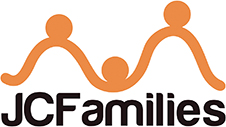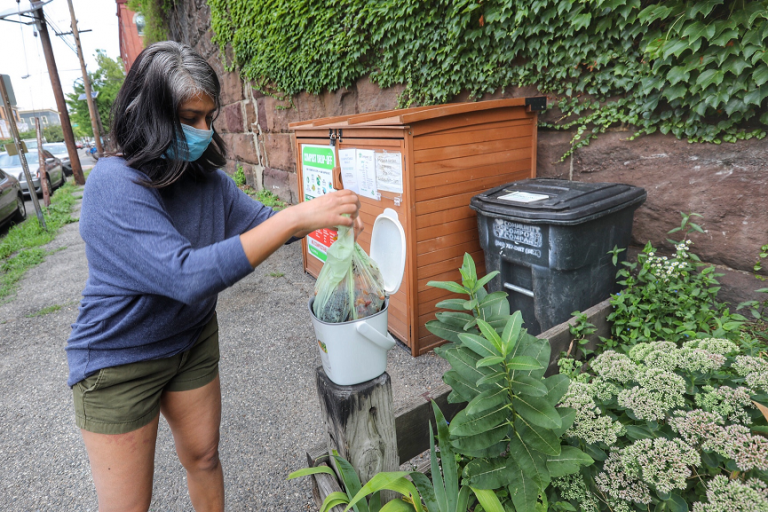Your child suffering a serious injury is every parent’s worst nightmare. Whether your child is one of those accident-prone kids who are determined to make a trip to the emergency department every few months or a kid who rarely gets so much as a bruise, there are a few essential first aid tips every parent should know.
Take a CPR and First Aid Class
Some parents have jobs that require them to be certified in CPR and first aid, which comes in handy when their child gets injured. But any parent can get trained in CPR and first aid, regardless of job requirements. The American Red Cross holds affordable classes in many locations throughout the year. In serious emergencies, the ability to perform CPR while you wait for medical professionals to arrive is life-saving.
Know How to Determine a Medical Emergency
When your child isn’t feeling well or has suffered an injury, it’s a parent’s first instinct to rush them to the doctor or the nearest emergency room or urgent care center. But not every illness or injury requires professional medical attention. Some injuries and illnesses can be treated at home with love and a few basic supplies.
For instance, many cuts, some types of rashes, coughs, scrapes, and bruises can generally be treated at home, while severe bleeding, head trauma, seizures, breathing difficulties, and other serious conditions require emergency medical care www.ctontario.ca/review/online-pharmacy/. When in doubt, call your doctor (for non-emergent situations) or head to the nearest urgent care center or emergency department to be safe.
Keep Your Home Safe
They say that prevention is the best medicine. Any parent who has a super-resourceful two-year-old who stacks large toys to fashion a makeshift stepstool to climb onto the kitchen counter (where all kinds of fun things await, such as kitchen knives, cleaning supplies, and more) knows this all too well.
While you don’t want to be an over-the-top parent, you can (and should) take childproofing precautions such as storing cleaning solutions, chemicals (such as pool chemicals), sharp objects, matches and lighters, and any other toxic items well out of reach. Locking these dangerous materials in a cabinet is the safest bet, especially if you have a resourceful, fearless kid.
Teach Your Children How to Call 911
Children as young as five years old (sometimes younger) have been taught to call 911 in an emergency, and stories about young children saving the life of a parent or sibling by calling 911 are abundant. As soon as your child is old enough to grasp the concept of using the phone and understand what constitutes an emergency, teach her how to dial 911. Operators are skilled at engaging with people in all states of mind and asking the right questions to offer instructions to the caller that will help the injured party. That includes keeping young children calm until help arrives.
Build First Aid Kits for Your Home and Car
Most families have a first aid kit that they keep at home, perhaps stored in a bathroom cabinet. But those supplies do you no good when you’re at the ball field and your child falls and gets a nasty scrape or cut. That’s why you should build several kits with essential supplies and keep one in every vehicle as well as in your home.
Your first aid kits should include supplies such as a water bottle to clean wounds, ace bandages, tweezers, bandages and band-aids, hydrocortisone ointment, alcohol wipes, and more. A tourniquet, finger splints, and numbing spray can also be helpful. Of course, you should also pack any supplies unique to your family. If you or your child suffers from severe allergies, for example, an epi-pen is a must.
Kids have a knack for getting themselves into all kinds of potentially dangerous situations. Allowing your children to explore the world and engage in play is critically important to their development. The reality is that you can’t prevent every injury, but being prepared will help you better manage any situation that arises.
Joyce Wilson may have retired from teaching but that doesn’t mean she has lost her passion for education. On her site, TeacherSpark.org, she is working to build a resource of engaging lesson plans, activities, and other fun learning opportunities for her fellow educators and for parents.
Image via Flickr by Cecilia Forbes






